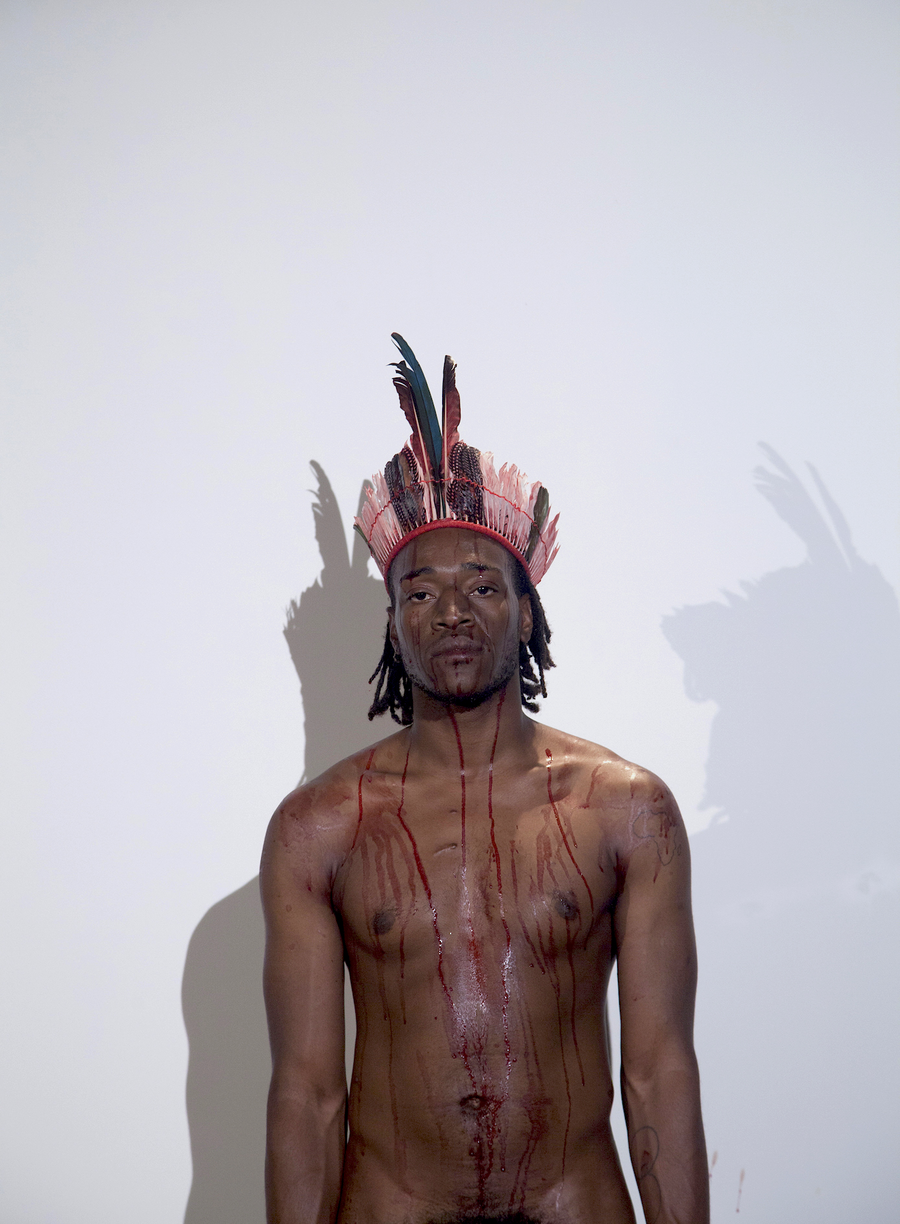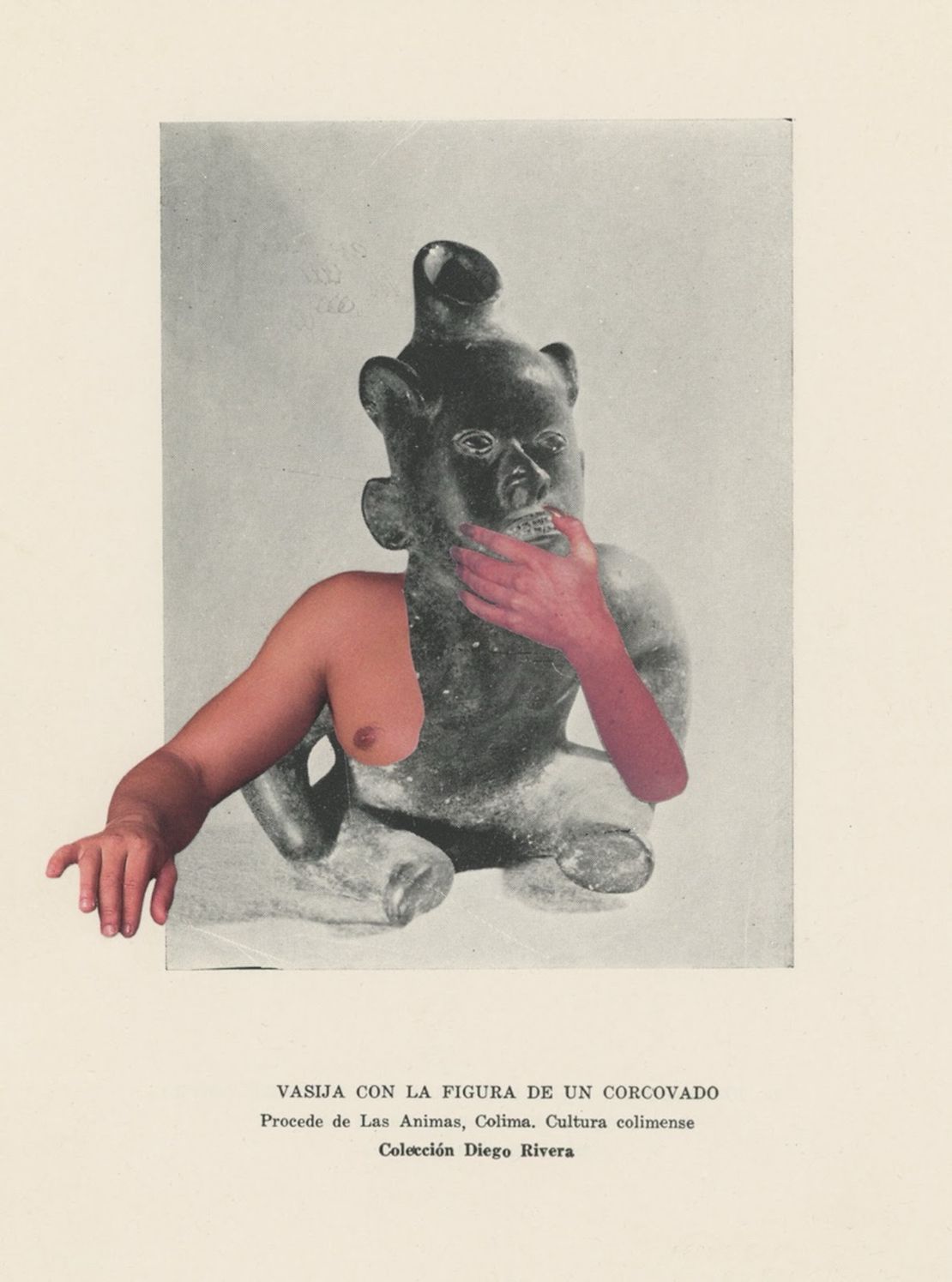Abstract
Carlos Martiel’s work is closely related to the body and the territory as it explores the physical and emotional experiences of indigenous communities who are forced to leave their lands and migrate to new places. These displacements have a direct impact on people’s bodies, causing physical exhaustion and challenges in adapting to unfamiliar environments. Additionally, the artwork reflects on the profound connection between indigenous peoples and their ancestral territories, emphasizing the vital importance of land as a source of identity, culture, and a sense of belonging.
A history of racism, expulsions, and collective suicides, dating back to colonial times, has marked and reduced the Guaraní population in Brazil. After the war with Paraguay ended in 1870, the Brazilian government began selling the land, trampling upon the rights of the indigenous populations. Over time, the situation of the Guaraní and other indigenous peoples in Brazil has worsened as they have been forcibly evicted from their lands and massacred by gunmen working for agribusiness. Despite this, the peaceful struggle for the rights and demarcation of the territory of these ancestral peoples continues. Artist Carlos Martiel stands inside the gallery wearing a Guaraní Kaiowá headdress covered in human blood on his head.

